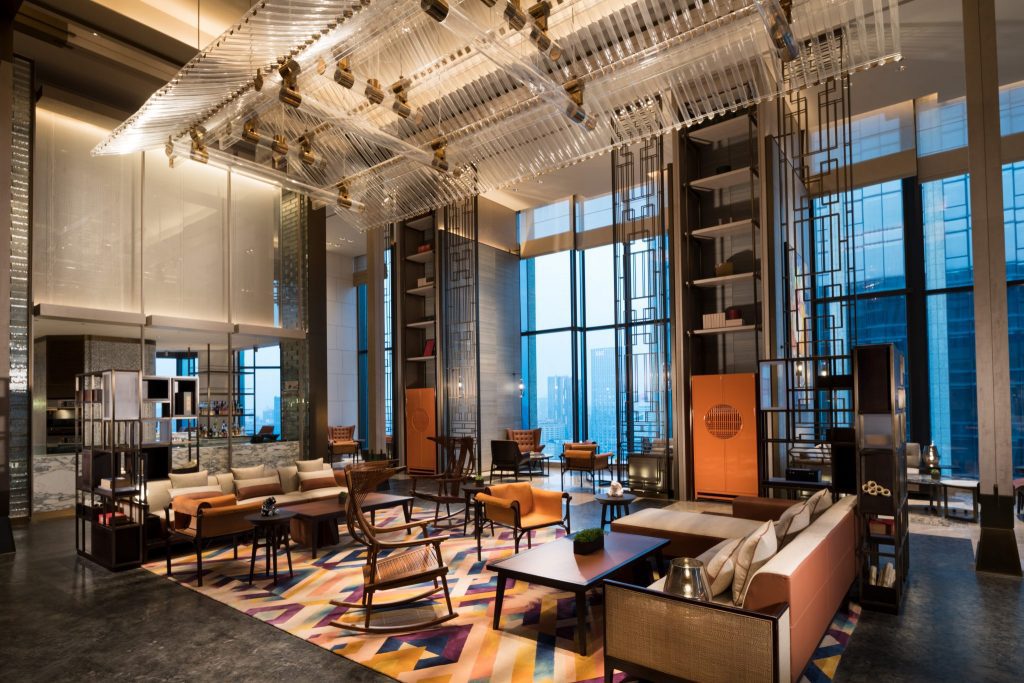Hyatt and Hilton Are Taking Different Branding Approaches Inside China

Skift Take
Hyatt is launching a new China brand while Hilton swears by the adage of introducing the right Hilton brand in the right location at the right time across China. Which of the two approaches is better?
Global hotel chains are going beyond kettles and congee to warm the hearts of Chinese domestic travelers, a market worth a reported $734 billion (RMB5.05 trillion) last year.
A key question remains whether it is better to launch a dedicated brand in China, or adapt a chain’s existing brands to the local market, which is expected to bloat even more as a government policy to boost domestic consumption continues.
Hyatt Hotels and Hilton are examples of two global chains with differing approaches to the same end point of snaring a bigger share of Chinese domestic travelers, whose preferences are continually evolving.
Despite having 19 brands globally, and a track record of 50 years in China with 74 operating hotels and more than 100 hotels in the pipeline, Hyatt is seeding a new homegrown Chinese brand, UrCove (pronounced as “your cove”), in partnership with BTG Homeinns Hotels Group.
Stephen Ho, Hyatt’s president of greater China for global operations, said both Hyatt and HomeInns believe there is a need for a China brand as it is “unique,” born out of an “unprecedented” marriage of Hyatt’s international quality and the local insights of Homeinns, China’s largest hotel chain.
[caption id="attachment_350341" align="alignleft" width="300"] Stephen Ho, Hyatt’s president of Greater China, global operations, wants to double Hyatt's presence in China. Photo: Hyatt Hotels[/caption]
“Our partner made it clear in our earlier discussions that they don’t want to become another ‘surrogate mother
